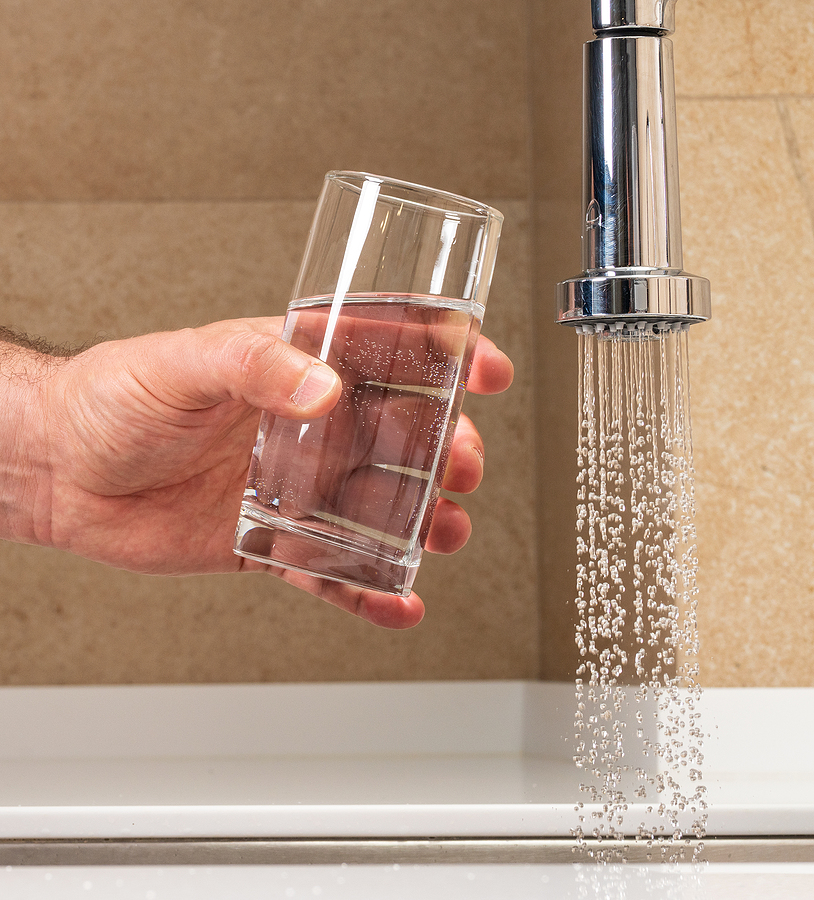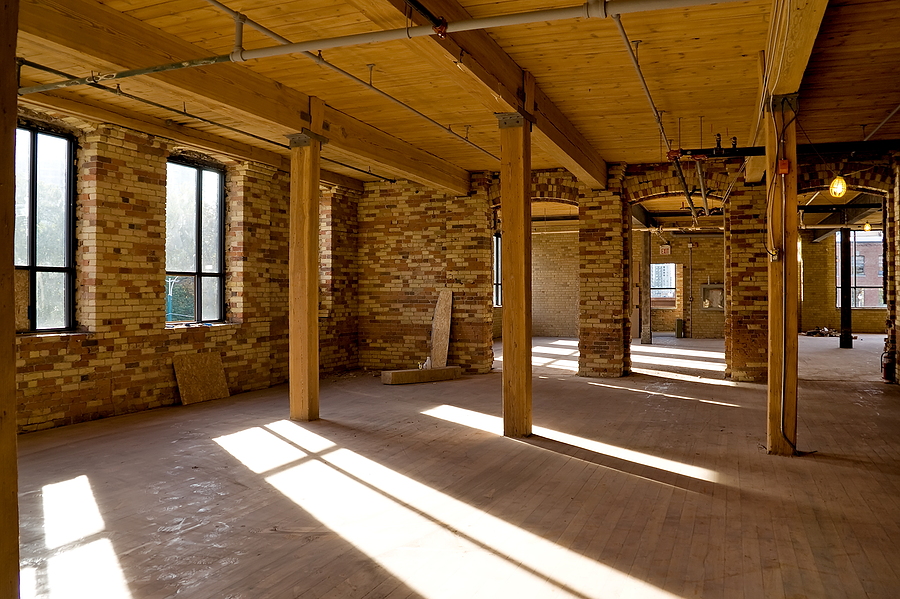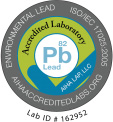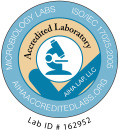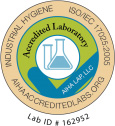 Monitoring air quality is critical to ensure the safety and health of individuals. Two primary testing methods for mold, bacteria, and other microorganisms are viable sampling and nonviable sampling. Each method offers distinct approaches and insights into air quality and serves different purposes in environmental monitoring.
Monitoring air quality is critical to ensure the safety and health of individuals. Two primary testing methods for mold, bacteria, and other microorganisms are viable sampling and nonviable sampling. Each method offers distinct approaches and insights into air quality and serves different purposes in environmental monitoring.
What is Viable Sampling?
Viable sampling gives us a closer look at living microorganisms. It focuses on capturing microorganisms in the air that are alive and capable of growing under suitable laboratory conditions. This method allows for the collection, culture, and identification of living bacteria, fungi, mold spores, and yeast. The process involves using specific media that support the growth of these organisms, which are then incubated and analyzed.
Viable sampling is commonly used to identify species of mold or other particles in the air. It’s invaluable in industries where the presence of specific microorganisms can affect product quality, safety, and shelf life, such as in pharmaceuticals, biotechnology, and food production.
The advantages of viable sampling include the ability to:
- Identify and quantify specific species of microorganisms.
- Determine the potential for microbial contamination and growth in a given environment.
- Implement targeted remediation and control strategies based on the organisms identified.
What is Nonviable Sampling?
Nonviable sampling involves collecting samples of non-living particles, which include dust, skin cells, and more. Unlike viable samples, which are living microorganisms, they do not reproduce or spread.
The collected samples are typically analyzed using microscopy or other analytical techniques to determine how contaminated the air in a location is. Nonviable sampling is useful for assessing overall air quality, especially in environments where the total concentration of particulate matter is of concern.
The advantages of nonviable sampling include:
- Faster turnaround times, as culturing and growth are not required.
- The ability to assess total particulate load in the air.
- Useful for tracking changes in air quality over time or after interventions.
Choosing Between Viable and Nonviable Sampling
The choice between viable and nonviable sampling depends on the specific objectives of the air quality assessment. Viable sampling is essential when the goal is to understand the potential for microbial growth and contamination, which is critical in controlled environments like cleanrooms, laboratories, and manufacturing facilities.
Nonviable sampling provides a broader picture of air quality, suitable for workplace safety evaluations, environmental impact assessments, and general air quality monitoring. If you need to identify the pollutants and level of contamination, both forms of sampling are required.
Integration for Comprehensive Air Quality Analysis
In many cases, integrating both viable and nonviable sampling methods offers the most comprehensive understanding of air quality. This combined approach allows for the assessment of total particulate levels while also identifying potential biological contaminants that could pose risks to health, product integrity, or environmental safety. By utilizing both methods, environmental consultants can develop a detailed profile of air quality, enabling more effective management and control strategies to protect human health and meet regulatory requirements.
Viable and nonviable sampling is crucial in the field of environmental and industrial air quality monitoring. Understanding the distinctions and applications of each approach is essential for effectively assessing and managing air quality.
Whether ensuring the sterility of pharmaceutical products, evaluating workplace exposure to particulate matter, or monitoring the environmental impact of industrial activities, these sampling methods provide the tools necessary for accurate air quality analysis.
We supply a range of sampling equipment and media that you can purchase online through our store.
Reliable and Trusted Environmental Testing
Our full-service, accredited laboratory can test for a diverse range of environmental contaminants. For quick shipment of materials and reliable results, contact SanAir Technologies Laboratory at 1-888-895-1177. Our staff will be happy to walk you through the process.





